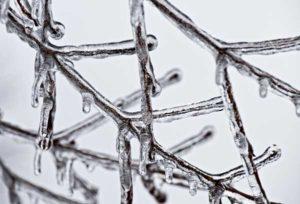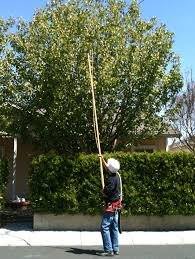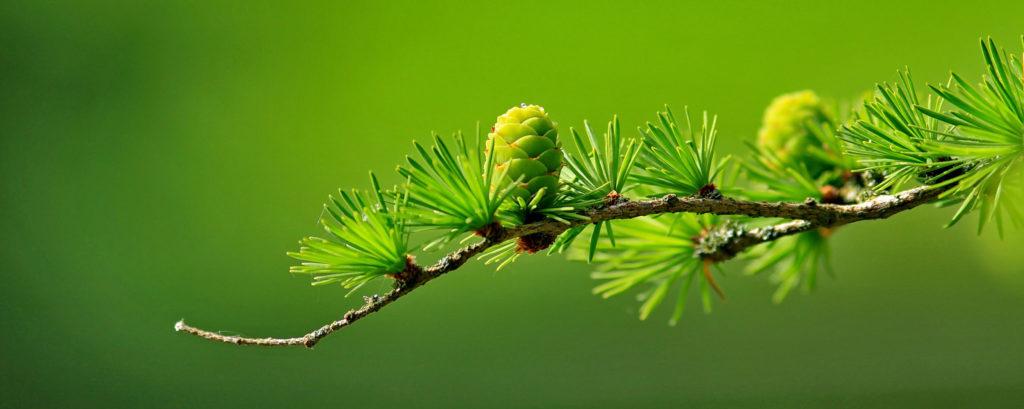Tree trimming isn’t as simple as taking a pair of pruning shears and cutting off branches whenever it’s convenient for you and the tree. Tree trimming means knowing all about trees: how they grow, what shape it’s going to take after the trimming, and how to control that shape. Trimming and pruning are all about controlling the tree and ensuring its beauty, health, and your safety are all protected.
Trimming can be done by anyone who’s paying attention to their trees, but trimming done right is best done by arborists who know the biology of a tree. A tree needs different things in different seasons. Here’s what to look for during the year.
 Tree Trimming In Winter
Tree Trimming In Winter
Don’t prune in early winter, but late winter – February ideally – is a great time to prune trees. Any time after the last frost, before the blossoming season. In late February the tree is dormant, and thus heavy with sap and energy. This allows the tree to heal itself much quicker, and they’ll be less susceptible to disease, bugs, and infection, too. Trees lose much of their healing energy when the leaves start growing.
This loss of energy is why you should prune in late winter. Reduced top growth comes late spring means more energy for the rest of the tree, leading to strong, rapid growth of new shoots.
Tree Trimming In Spring
Early spring is a good time to prune deciduous trees, just before growth starts. They can still heal themselves quickly, and won’t have as large an effect on growth as when the tree is active. Plus, there’s the added advantage of being able to see the entirety of branches before leaves block your view.
If it blooms in spring, prune it after they finish blooming. When the flowers begin to fade and die, call someone to prune the tree and do what you want. If it blossoms in summer, though, leave the pruning until late winter or early spring. Pruning it earlier can ruin, sometimes even kill the tree.
 Tree Trimming In Summer
Tree Trimming In Summer
Summer is a time to trim away dead, diseased, or do a little structure work on the tree. Because of the growth stimulation that can come from pruning, doing the trimming in late summer can cause growth that won’t be mature come winter, and the cold weather will damage the tree. Summer is a complicated time, which makes it a great time to contact an arborist.
Pine trees should not be trimmed until summer. In early to mid-summer, pine trees go through a major growth of new branches, and these can cut back and thinned without worry.
Tree Trimming In The Fall
Don’t. Don’t trim, prune, snap – don’t do anything to the branches in the fall! Pruning, in addition to ridding your plants of dead or diseased parts, stimulates growth and the tree will work to replace what’s been removed. This, then, weakens trees and shrubs just as they’re going into their dormant winter period. They will be much less strong come spring.
If you’re worried about a dead or large branch, call Brockley Tree Service to assess the situation. Trees will need care year-round, and there are always exceptions to the general guidelines above. Trained arborists should be able to tell you if you’re looking at an exception, or if you should wait for a more optimal time.

